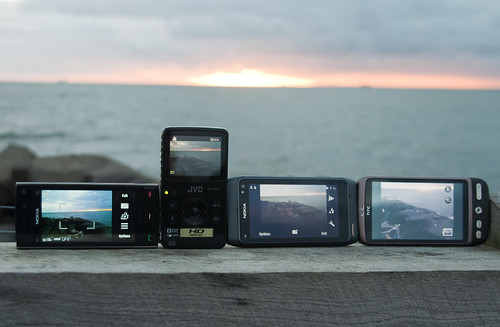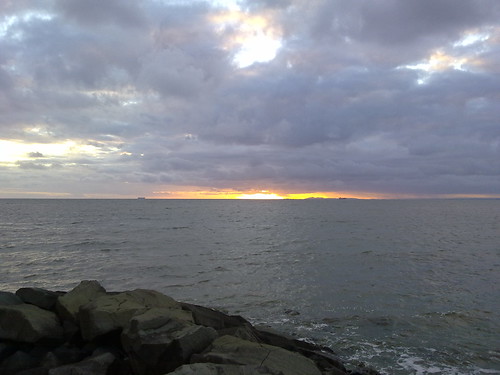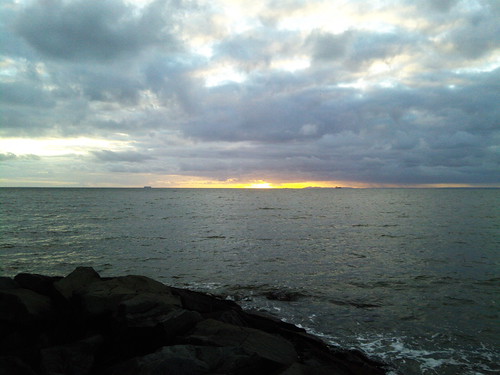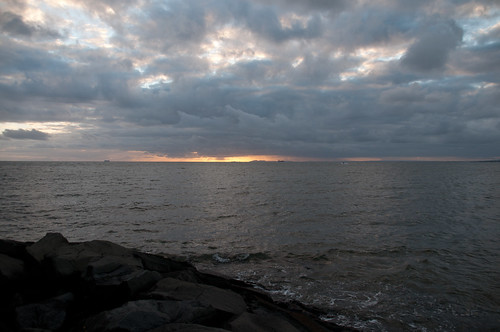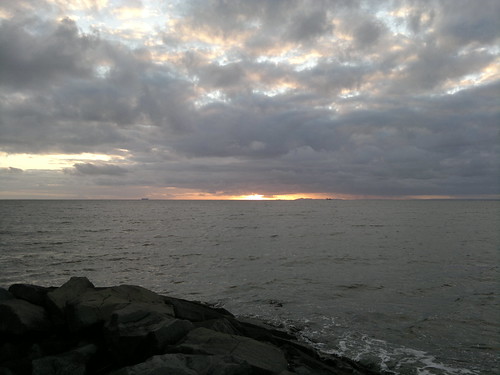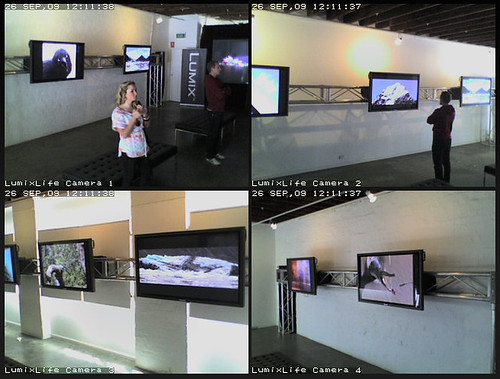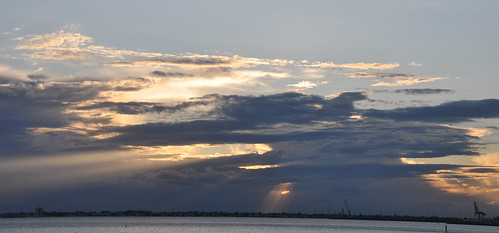Not to be a name dropper, but I do know people in Telstra, Google and HTC. They are really smart people as well. I’d go out on a limb to say that most of the people that work in these companies are smart people. Knowing this makes dealing with the outcomes of doing a firmware update even harder.
Having all ready written about why I wasn’t going to update my firmware to Telstra Froyo until the official version came out, I can now finally deal with the firmware update. What should have been an easy process turned out to be a nightmare of usability, performance, general shenanigans and complete frustration.
From the last few weeks of miscommunication, lack of transparency and frustration about the whens and ifs of the update itself. There was a large audience of very technically literate people crying out for this update, months after Google release it, finally Telstra say it is coming. Coming in 4 weeks, a few days, a few more days, sometime soon, we will let you know, soon e.t.c. If they didn’t know what is wrong with saying you don’t know. If there is a delay, what is wrong in saying what the delay is. Being open about these processes will in most cases placate people. Why can’t these corporations just realise that Lack of information is the main cause of audience frustration?
So finally, the firmware comes out yesterday. Now for reasons, that haven’t been disclosed, the firmware isn’t OTA ( Over the AIR ), meaning when you press “Settings: About phone: System software updates: Check Now” on your phone, it simply says “ Your Phone is up to date”. But it isn’t. Why isn’t the system designed to handle non OTA updates?
So I know that there is a firmware update. Great, jump on the web and head to http://www.htc.com/au/, and yes HTC have a link to Telstra Firmware on the homepage. But not so fast. This is a link to the version from 2010-04-30. So to get the new version, you have to click product support, whats new. Why is it so hard to update the home page?
Next, you have to get the serial number for you phone. To do this, you have to take the back off, then remove the battery, then enter the serial number of your device. Of course the file is now available on a number of forums without asking for a serial number to install. Why do I need to get the serial number again?
At least now I am at the download stage. Please do not be in a hurry to download. A 173meg download taking 3 hours to download is just stupid. I was average around 20kbs for this file. I’m sure Telstra have enough capacity to ensure a slightly faster download. Why wasn’t a local server for downloading the software available?
Now comes installing. With 30 or so pages about the firmware update on Whirlpool talking about errors and work arounds to get the install to work. Seems that Win7 64bit and/or your choice of USB ports seems to be an issue. A random USB 170 or USB 171 error are really not helpful. This shows that perhaps a bit more real world testing of the update may have been required. Why not release a public beta version of the update to sort this out first?
So finally you get the installer to work. Then you see the big red writing “Installing the ROM Update Utility (RUU) will delete ALL information and data on your Android phone.” Yes everything, all your settings, apps, messages, screens, everything. Funny thing is I can update my Playstation3, my computers, my other phones ( eg Nokia’s ) without losing everything. Of course there are backup apps. But 3rd party apps, that you need to pay for just to back up your phone to do a firmware update. Why can’t they just back up your settings when installing?
Sure I know have Froyo, but was it worth it? If you include all the stress, running around and fixing I now have to do to my phone, I’d say only just. But then I won’t know for quite some time, as all my contacts have got screwed up, I don’t have any apps installed yet and have to reset all my wifi passwords as well just to download stuff.
And if you are a non techie person, I’d say phone a friend before attempting this at home.
———-
Update from HTC
To assist our customers in downloading the Froyo update for the HTC Desire in Australia, below are some helpful tips. For any further assistance, customers should contact HTC Customer Care in Australia on 1300-482-482. An over-the-air update will be available soon for customers.
1. Follow the installation instructions that are available on the HTC Australia support web site
2. Before installing HTCSync remove any previous versions.
3. Remove any HTC drivers from Windows Device manager
4. Install the latest version of HTC Sync 3
5. Disable any Anti Virus s/w or firewalls.
6. Connect the device directly to the PC/Laptop and not via a USB hub
7. Reboot the computer.
8. If all fails try another computer
—-
The above comments from HTC’s Facebook page also puts pay to the comments below that a OTA update would be to big!.
My advice would be to wait until the Over the Air Update comes out and has been tested, this would be even more true for Mac users.
———
final update…
Great news…. via @petesymons
FroYo OTA now avail for Telstra HTC Desire. Use WIFI & have 25MB memory free. Go 2 settings>about phone>syst software updates>check now
———
(p.s this post is also on the ABC Tech site, so head over there for more comments as well )
Tags: Annoyances, HTC-Desire by Me
12 Comments »
